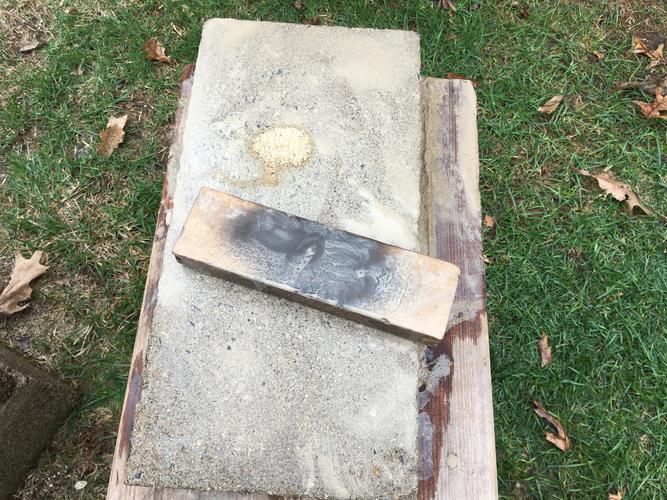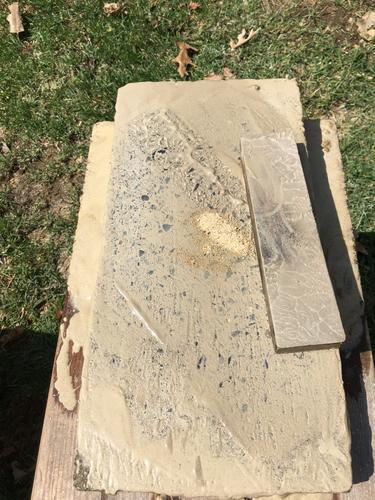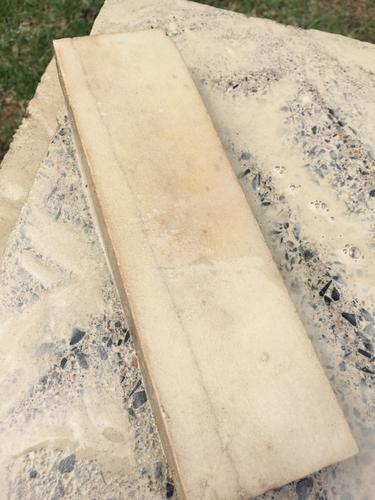Results 11 to 14 of 14
Thread: Arkansas Lapping Question
-
08-08-2017, 02:53 AM #11
-
08-09-2017, 04:38 PM #12Senior Member


- Join Date
- Jul 2011
- Posts
- 2,110
Thanked: 459
Coarse diamond hone. They are pretty tough on most sandpaper.
If flatness is out more than a little bit, a line of contact on the metal drum on the end of a belt sander is a good way to go, but it must be done outside as I'm sure the dust is terrible for our lungs (don't know if it's the same as silica in effect since it's transformed from silica somewhat, but silica is a known carcinogen and is practically so in more than small quantities).
Cheapest belt you can find for the belt sander if you do it, something in the 80 grit range. It'll smell like fire, even when you do it outside, and you'll see evidence (in terms of a line of light) of extremely high temperatures at the point of contact. It's fast, though, and if you're accurate by checking progress often, it's accurate enough to get you to where you can use a diamond hone.
Not something you do every day, but if you ever pick up a heavily used very thick older hone, you can knock the high ends off of it in a matter of minutes and be ready to finish lap it.
-
08-10-2017, 01:04 AM #13illegitimum non carborundum



- Join Date
- Jan 2008
- Location
- Rochester, MN
- Posts
- 11,552
- Blog Entries
- 1
Thanked: 3795
-
08-10-2017, 01:19 AM #14

To do the "grunt work" lapping old found Arkansas stones I use a 16 x 8 x 2 concrete block with water and plain ol' sand. Adding water and sand often. Still, it's a lot of work no way around it.
This is relatively effective for getting it close, then I usually use wet/dry sandpaper on a flat surface such as glass for the little bit of finishing up. Though I suspect there is a better method of finishing up than the wet/dry sandpaper, I made do with what I have.


 "Go easy"
"Go easy"
-
The Following User Says Thank You to xiaotuzi For This Useful Post:
ScoutHikerDad (08-10-2017)


 17Likes
17Likes LinkBack URL
LinkBack URL About LinkBacks
About LinkBacks









 Reply With Quote
Reply With Quote